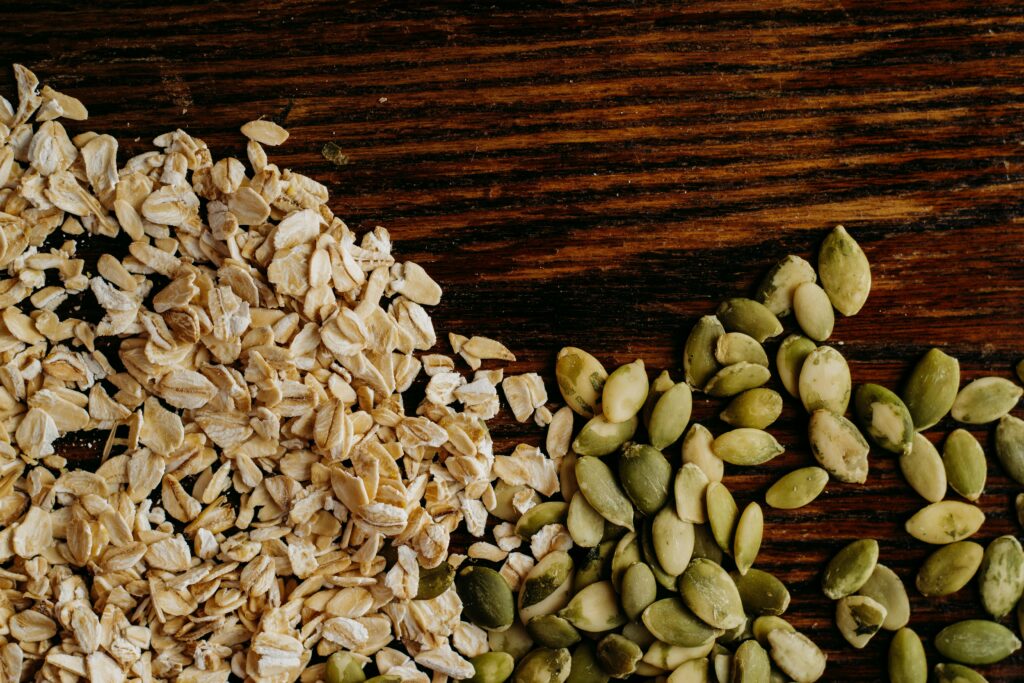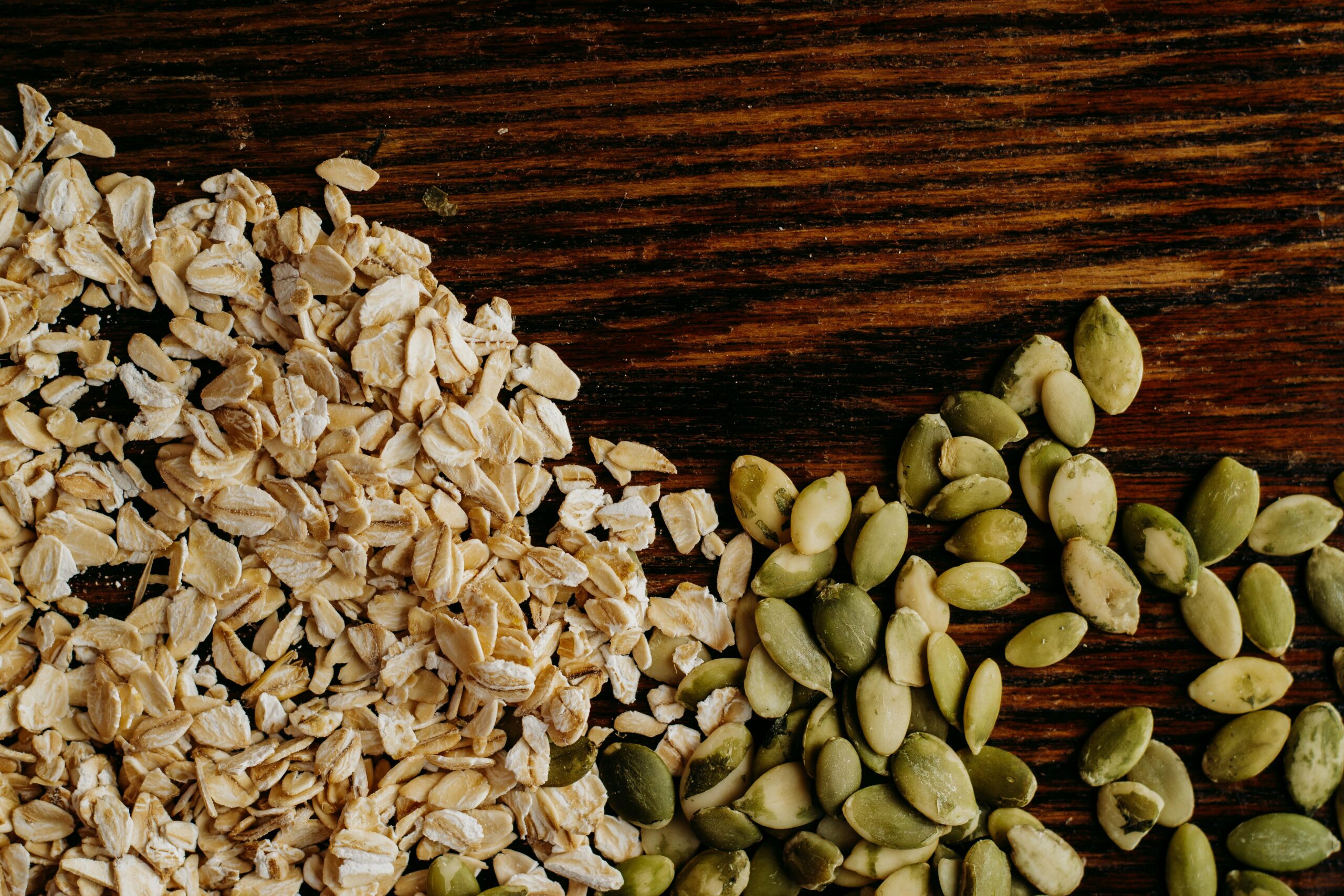Oats are a common pantry staple, but have you ever wondered, “Where do oats come from?” These tiny grains are more than just a breakfast option—they have a rich history and an interesting journey before they end up in your bowl. Let’s break it down and explore exactly where oats come from and how they go from fields to your kitchen.

The Origin of Oats
If you’re curious about where oats come from, it all starts with a plant known as Avena sativa. Oats thrive in cooler climates, which is why they’re primarily grown in countries like Russia, Canada, and the United States. These plants are tough, able to grow in less-than-ideal soils where other crops might fail. Oats have been part of human diets for thousands of years, but they’re still as important today as they were centuries ago.
The Growth Process
So, where do oats come from in the growing process? Oats begin their journey as seeds, which are usually planted in early spring. The plants themselves are tall and slender, and they’re resilient enough to grow in areas that don’t have the best soil conditions. This is one of the reasons oats are so widely grown around the world. By late summer or early fall, these oat plants are ready for harvesting, marking the next stage in the journey of where oats come from.
Harvesting Oats
Harvesting is a crucial step in answering the question, “Where do oats come from?” Farmers use machines to cut the mature oat plants and collect the grains, known as oat groats. These oat groats are the raw form of oats, but before they can be eaten, they go through a cleaning process. This ensures that any dirt or debris is removed, leaving behind the pure oat groats that will be processed into the oats we’re familiar with.

Oat Processing Methods
Now that we know where oats come from in their raw form, let’s talk about how they’re processed. After cleaning, the oat groats are steamed and either rolled or cut. This processing step creates the different types of oats we see in stores, like rolled oats, steel-cut oats, and instant oats. The only real difference between these types is how they’re processed—rolled oats are flattened, while steel-cut oats are simply chopped into pieces. All of them come from the same source, but the texture and cooking times vary depending on how they’re processed.
Health Benefits of Oats
Understanding where oats come from helps us appreciate not only their origin but also their health benefits. Oats are rich in fiber, particularly a type called beta-glucan, which is known for helping to lower cholesterol levels and support heart health. Plus, oats are naturally gluten-free, making them a fantastic choice for those with gluten sensitivities. So, knowing where oats come from adds a layer of appreciation to their nutritional power.

Oats in Everyday Cooking
Now that we’ve covered where oats come from, it’s easy to see why they’re such a versatile ingredient. Whether you’re making a warm bowl of oatmeal, adding oats to your smoothie, or baking some delicious oat-based cookies, oats are a must-have in the kitchen. Their affordability and long shelf life make them a practical choice, too. Oats can also be used in savory dishes—think meatloaf or veggie burgers, where they add texture and nutrition. No matter how you use them, knowing where oats come from makes you appreciate their role in your meals even more.

Conclusion
So, where do oats come from? They start in the fields as resilient plants, are harvested, cleaned, and processed into the oats we use every day. Whether you’re eating them for their health benefits or simply enjoying their versatility in cooking, understanding where oats come from deepens your connection to this humble grain. Next time you scoop oats into your bowl, you can appreciate the journey they’ve taken to get there.







